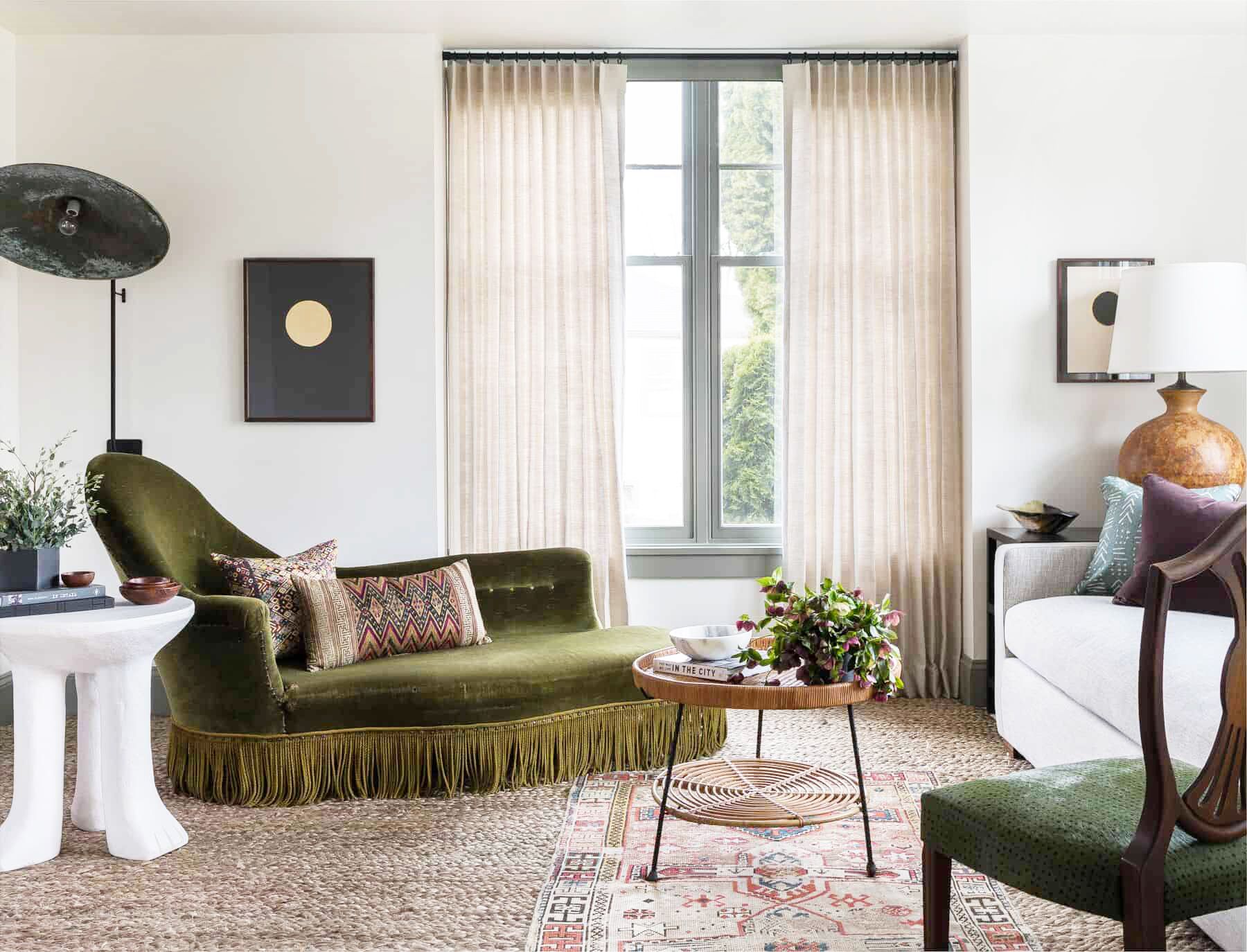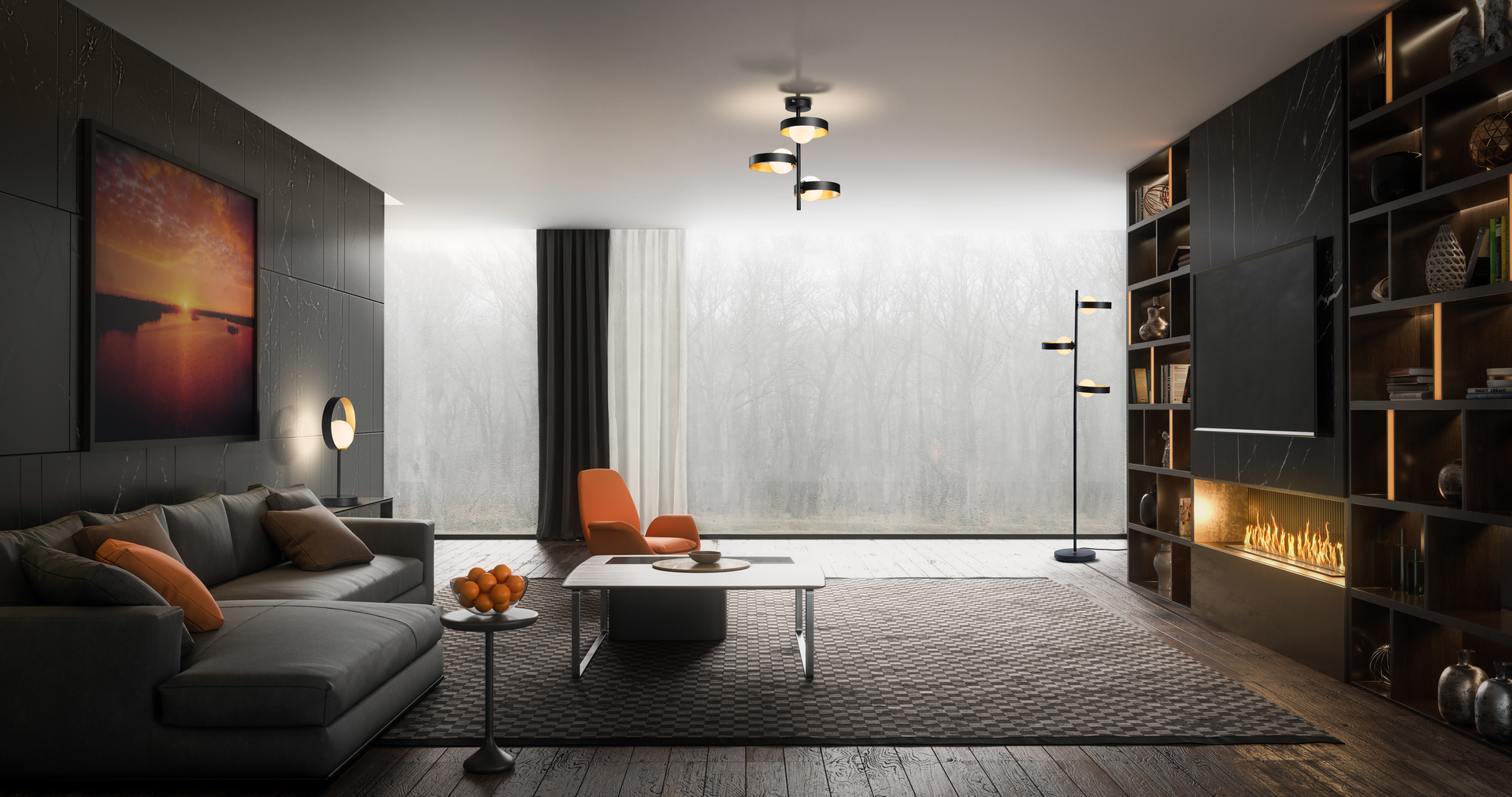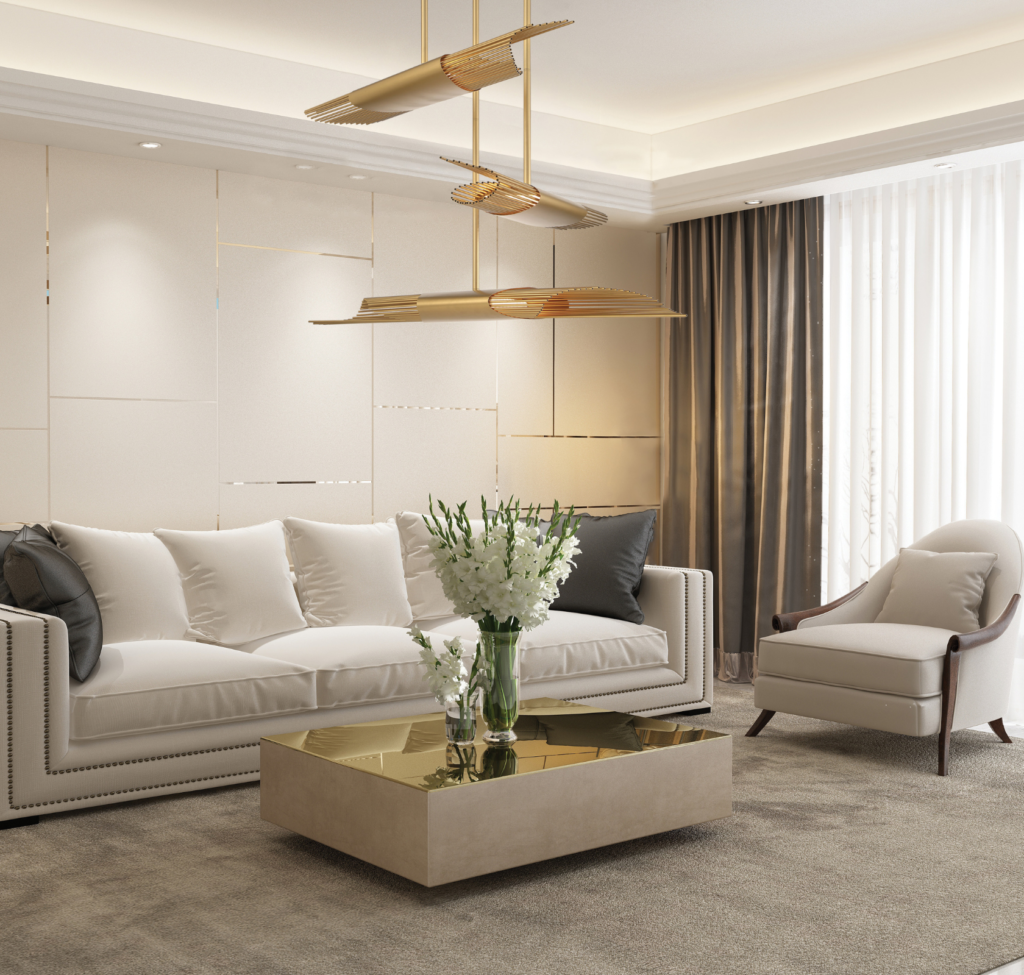Welcome to the world of living room decoration lights! When it comes to creating a warm and inviting atmosphere in your home, lighting plays a pivotal role. Over the years, I’ve discovered that the right lighting can transform not just a room, but the entire mood of your home. In this comprehensive guide, we will explore various types of living room lights, their benefits, installation tips, and personal anecdotes that highlight their impacts. So, let’s get started!
Why Lighting Matters in Living Room Decoration
Imagine walking into a living room that feels cold and uninviting; now imagine that same space warmed up with ambient lighting. Lighting is not just a functional necessity; it shapes the way we feel in a space. Here are some reasons why lighting matters:
- Creates Ambiance: Different lighting can evoke various moods.
- Enhances Decor: Good lighting can accentuate your favorite decor pieces.
- Functional Needs: Lighting is essential for activities like reading or entertaining.
Types of Living Room Decoration Lights
1. Ambient Lighting
Ambient lighting provides a base level of illumination for your room. It creates a soft glow that fills the space, making it feel cozy.
Examples of Ambient Lighting
- Ceiling fixtures
- Recessed lights
- Floor lamps

2. Task Lighting
Task lighting focuses on a specific area for activities like reading or playing games. Think of it as a spotlight in your living room.
Examples of Task Lighting
- Table lamps
- Reading lights
- Wall sconces

3. Accent Lighting
Accent lighting adds interest by highlighting architectural features, art pieces, or plants. It’s all about creating visual drama.
Examples of Accent Lighting
- Wall-mounted lamps
- LED strip lights
- Spotlights

How to Choose the Right Living Room Lights
With so many options available, choosing the right living room lights can seem daunting. Here are some tips that have helped me make informed decisions:

1. Consider the Size of the Room
The size of your living room will greatly influence your lighting choices. A larger room may need multiple light sources, while a small space can benefit from strategically placed fixtures.
2. Think About Your Decor Style
Your lighting should complement your decor. For instance, a modern minimalist room may be best suited to sleek, simple fixtures, whereas a traditional room can handle ornate chandeliers.

3. Plan Your Layout
Visualize how you will use the space and plan your lighting layout accordingly. An open floor plan may require different lighting solutions than a more segmented layout.
Popular Living Room Lighting Styles

1. Modern Lighting
Modern lighting emphasizes clean lines and minimalism, often featuring metallic finishes and geometric shapes.
2. Vintage Lighting
Vintage lights add charm and character to your living room, often featuring intricate designs and warm, soft glow.
3. Industrial Lighting
With its raw materials and exposed fixtures, industrial lighting brings an edgy vibe to your space, making it perfect for a loft-style home.
Comparative Overview of Popular Living Room Lights
| Type | Pros | Cons | Ideal For |
|---|---|---|---|
| Chandeliers | Elegant, focal point | Can be expensive, requires installation | Large rooms, formal settings |
| Floor Lamps | Portable, versatile | Takes up floor space | Cozy reading corners |
| Table Lamps | Provides task lighting | Limited to surfaces | Side tables, desks |
| Recessed Lighting | Space-saving, modern look | Permanent installation | General ambient lighting |
Implementation Tips for Living Room Lights
1. Layer Your Lighting
Layering involves combining ambient, task, and accent lighting to create a well-lit, inviting space. This technique helps you achieve flexibility in lighting for different activities.
2. Use Dimmer Switches
Dimmer switches allow you to adjust the brightness depending on the mood you want to create. I can’t stress enough how much this simple change has improved my evening relaxation time!
3. Incorporate Smart Lighting
Smart bulbs can adapt to your lifestyle, allowing for color changes and remote management. This technology has revolutionized how we interact with our home lighting!
Pros and Cons of Common Living Room Lighting Options
Chandeliers
Pros: Creates a stunning focal point, adds elegance.
Cons: Can be pricey and require professional installation.
Floor Lamps
Pros: Flexible, easy to move around.
Cons: May clutter small spaces.
Wall Sconces
Pros: Saves space, provides ambient or task lighting.
Cons: Fixed in place, may require installation.
Personal Experiences That Shaped My Lighting Choices
Over the years, I’ve made plenty of lighting mistakes, from choosing overly bright bulbs to hanging fixtures too high. One of my biggest lessons was when I lit my living room with a single overhead light, which made the space feel flat. After some research, I incorporated a mix of table lamps and wall sconces, and the transformation was incredible. Now, I can adjust my lighting for movie nights, entertaining friends, or just curling up with a book.
Conclusion
In conclusion, living room decoration lights are more than just functional items; they are key design elements that can enhance your home and lifestyle. By considering the types of lighting available, understanding your space, and layering your fixtures intentionally, you can create a beautiful and inviting environment that suits your personality and needs. Whether you prefer the elegance of chandeliers or the coziness of floor lamps, there is a lighting solution out there for everyone.
FAQs About Living Room Decoration Lights
1. What are the best lights for a small living room?
In small living rooms, opt for wall sconces and floor lamps. These options save space and add stylish touches.
2. How many lumens do I need for my living room?
A general rule of thumb is to aim for about 100-200 lumens per square foot of living space. Adjust based on your room’s brightness and purpose.
3. Can I install recessed lighting by myself?
While some handy homeowners might manage it, recessed lighting typically requires electrical work. It’s best to hire a professional.
4. What color temperature is best for living room lights?
For a warm and inviting atmosphere, choose bulbs with a color temperature of 2700K to 3000K.
5. Are smart lights worth it for a living room?
Yes! Smart lights offer customization, making it easy to set the mood and even change colors to suit different occasions.